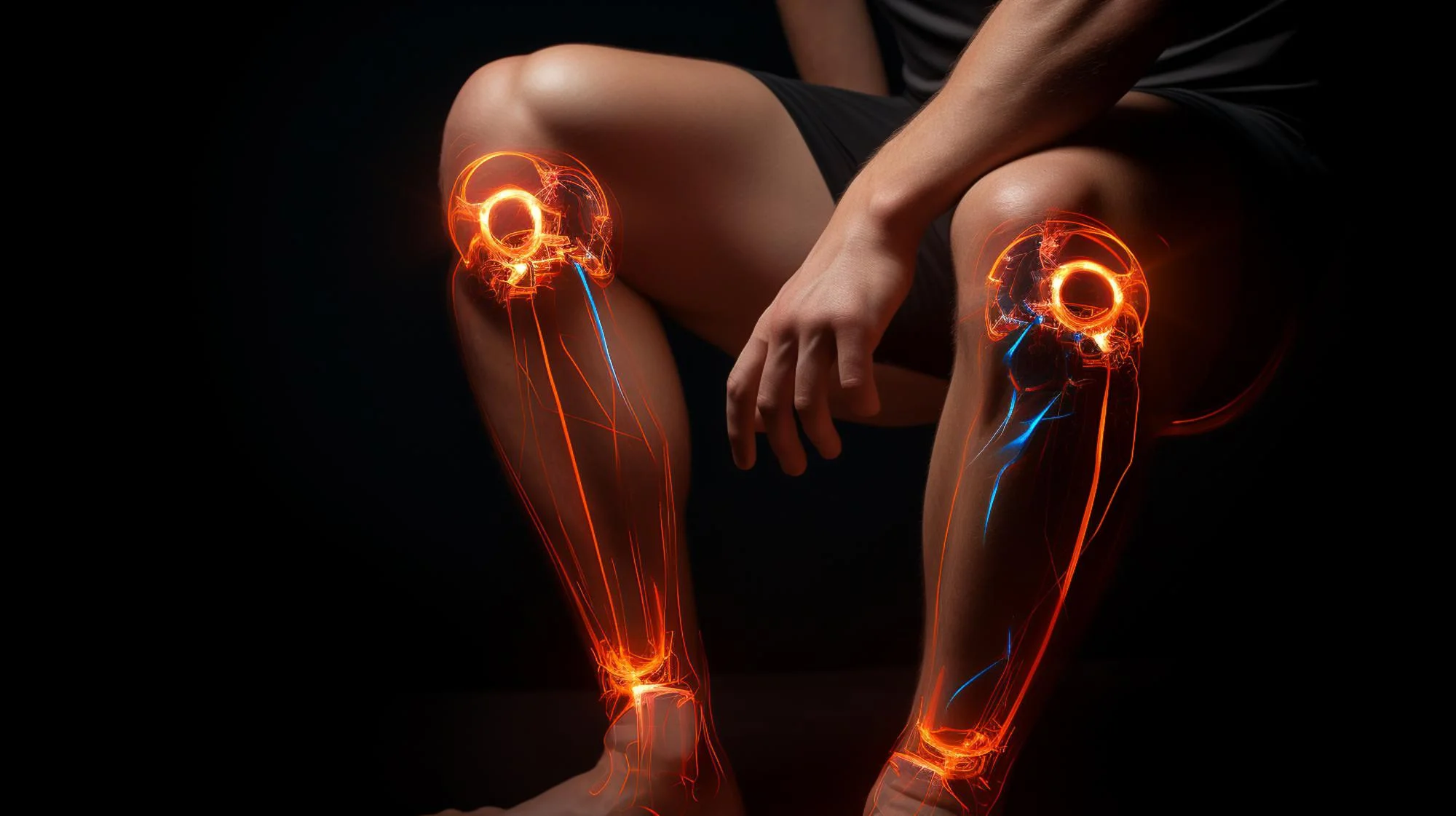Introduction
The quest to understand the complexities of knee injuries, particularly those related to the anterior cruciate ligament (ACL), has been ongoing for decades. Recent findings suggest that particular bony morphologies of the knee serve as significant risk factors not only for initial ACL tears but also for post-reconstructive ACL graft ruptures, as highlighted in the latest editorial commentary published in Arthroscopy: The Journal of Arthroscopic & Related Surgery. This 2500-word article delves into the nuances of these findings—from the methodological approach of measuring these risk factors to the implications for surgical practice and long-term patient outcomes.
Background
The anterior cruciate ligament, a pivotal component of knee stability, is susceptible to injury, especially in athletes and individuals engaged in high-impact physical activities. The ACL’s role is crucial; it prevents the tibia from sliding out in front of the femur and maintains rotational stability. When the ACL tears, reconstructive surgery is the standard recourse to restore knee function. However, even with surgical intervention, there’s a chance that the newly installed graft can rupture, leading to another arduous path of recovery.
Recent Research on Bony Morphologies
DOI: 10.1016/j.arthro.2023.11.014
The editorial commentary, authored by Nam-Hong Choi of the Eulji Medical Center, underscores the importance of assessing bony structures in the knee before proceeding to revision ACL reconstruction. Specifically, it points to two critical anatomical factors: the depth of the posterior femoral condyles and the posterior tibial slope (PTS). These features, if abnormally structured, contribute to increased anterolateral instability and may jeopardize the longevity and robustness of an ACL graft.
Research Methodology
To arrive at these conclusions, researchers have used the lateral femoral condyle ratio to measure variations in posterior femoral condylar depth. Just as significantly, the posterior tibial slope and intercondylar notch width are scrutinized. These anatomical landmarks, if found to be aberrant, serve as signposts for a higher likelihood of both initial ACL injury and post-operative graft rupture.
Clinical Implications
The findings carry substantial weight in the orthopedic and sports medicine community since they provide a clearer roadmap for clinicians to evaluate the risk factors that could potentially compromise ACL grafts. Understanding these morphological variances allows for a more curated and preventative approach towards managing knee stability post-reconstruction.
Preventive Measures and Revision Surgeries
The knowledge of these bony risk factors guides the planning and execution of revision ACL procedures. Orthopedic surgeons, armed with this information, might recommend preemptive steps to mitigate these risks. Such measures include customizing the surgical technique or even performing additional procedures to modify the knee’s bony morphology, thus improving the outcomes of ACL reconstruction.
Patient Outcomes
For patients, this research paints a more hopeful picture. By tailoring ACL reconstruction surgeries to account for individual knee anatomies, patients may enjoy a more durable repair and a lower chance of re-injury.
Keywords
1. Anterior Cruciate Ligament Reconstruction
2. ACL Graft Rupture Risk Factors
3. Knee Bony Morphologies
4. Posterior Femoral Condyle Depth
5. Posterior Tibial Slope and ACL
Conclusion
Safeguarding the integrity of an ACL graft calls for meticulous pre-operative assessments, as indicated by research on bony morphologies. The insightful commentary in Arthroscopy: The Journal of Arthroscopic & Related Surgery serves to inform and enhance surgical approaches to ACL reconstruction, ensuring better patient outcomes. It also acts as a clarion call for continued research into the anatomical underpinnings of ACL-related injuries and reconstructive challenges.
References
1. Choi, N.-H. (2023). Editorial Commentary: Altered Bony Morphologies of the Knee Are Risk Factors Not Only for the Anterior Cruciate Ligament Tear but Also for the Anterior Cruciate Ligament Graft Rupture. Arthroscopy: The Journal of Arthroscopic & Related Surgery. Elsevier Inc. https://doi.org/10.1016/j.arthro.2023.11.014
2. Smith TO, Davies L, Toms AP, Donell ST, Hing CB. The reliability and validity of radiological assessment for patellar instability. A systematic review and meta-analysis. Skeletal Radiol. 2011;40(4):399-414.
3. Grassi A, Smiley SP, Roberti di Sarsina T, Signorelli C, Marcheggiani Muccioli GM, Bondi A, Romagnoli M, Agostinone P, Zaffagnini S. Mechanisms and situations of anterior cruciate ligament injuries in professional male soccer players: a YouTube-based video analysis. Eur J Orthop Surg Traumatol. 2017;27(7):967-981.
4. Simon RA, Everhart JS, Nagaraja HN, Chaudhari AM. A case-control study of anterior cruciate ligament volume, tibial plateau slopes and intercondylar notch dimensions in ACL-injured knees. J Biomech. 2010 Jul 20;43(9):1702-7.
5. Wordeman SC, Quatman CE, Kaeding CC, Hewett TE. In vivo evidence for tibial plateau slope as a risk factor for anterior cruciate ligament injury: a systematic review and meta-analysis. Am J Sports Med. 2012 Jul;40(7):1673-81.
The content presented in this article should provide readers with a comprehensive understanding of the relationship between knee bony morphologies and the risk of ACL injuries. It highlights the essential findings and insights from recent research and their clinical relevance, aimed at professionals and individuals interested in sports medicine and orthopedic health.
